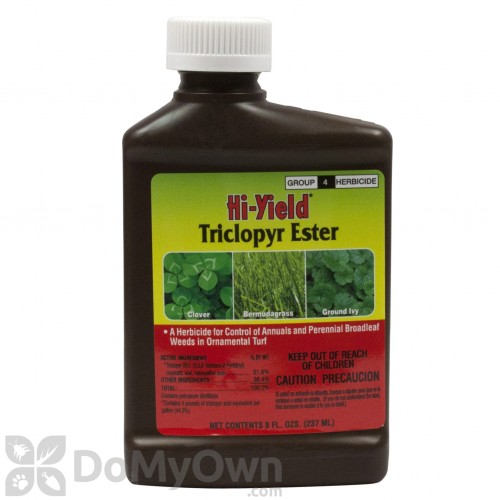Anyone seen it harm fine fescue? In shade/full sun?
label says nothing about fine fescue, email rep said to just test a spot. I don't think I've noticed any harm.
hi yield ester : Do not apply to bahiagrass, bentgrass, bermudagrass,
centipedegrass, St. Augustine grass, or zoysiagrass, unless turf
injury can be tolerated.
This is for cool season grasses in transition zone BTW.
I do like bentgrass and haven't seen it harmed either.
only place read if can use on FF is domyown Q&A and someone replied simply: only use on tall fescue, but label says can use on bluegrass and perennial rye also.
label says nothing about fine fescue, email rep said to just test a spot. I don't think I've noticed any harm.
hi yield ester : Do not apply to bahiagrass, bentgrass, bermudagrass,
centipedegrass, St. Augustine grass, or zoysiagrass, unless turf
injury can be tolerated.
This is for cool season grasses in transition zone BTW.
I do like bentgrass and haven't seen it harmed either.
only place read if can use on FF is domyown Q&A and someone replied simply: only use on tall fescue, but label says can use on bluegrass and perennial rye also.






